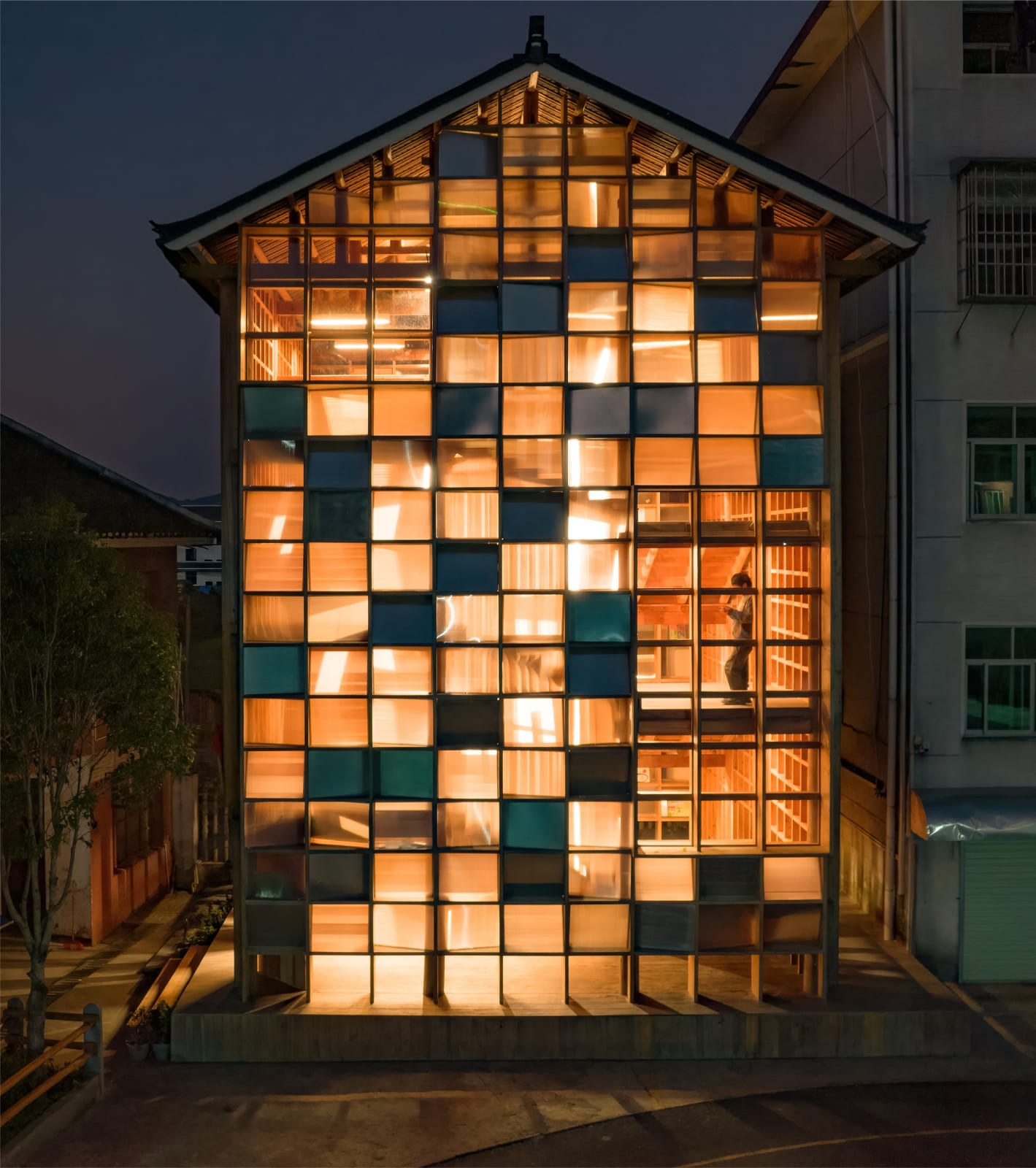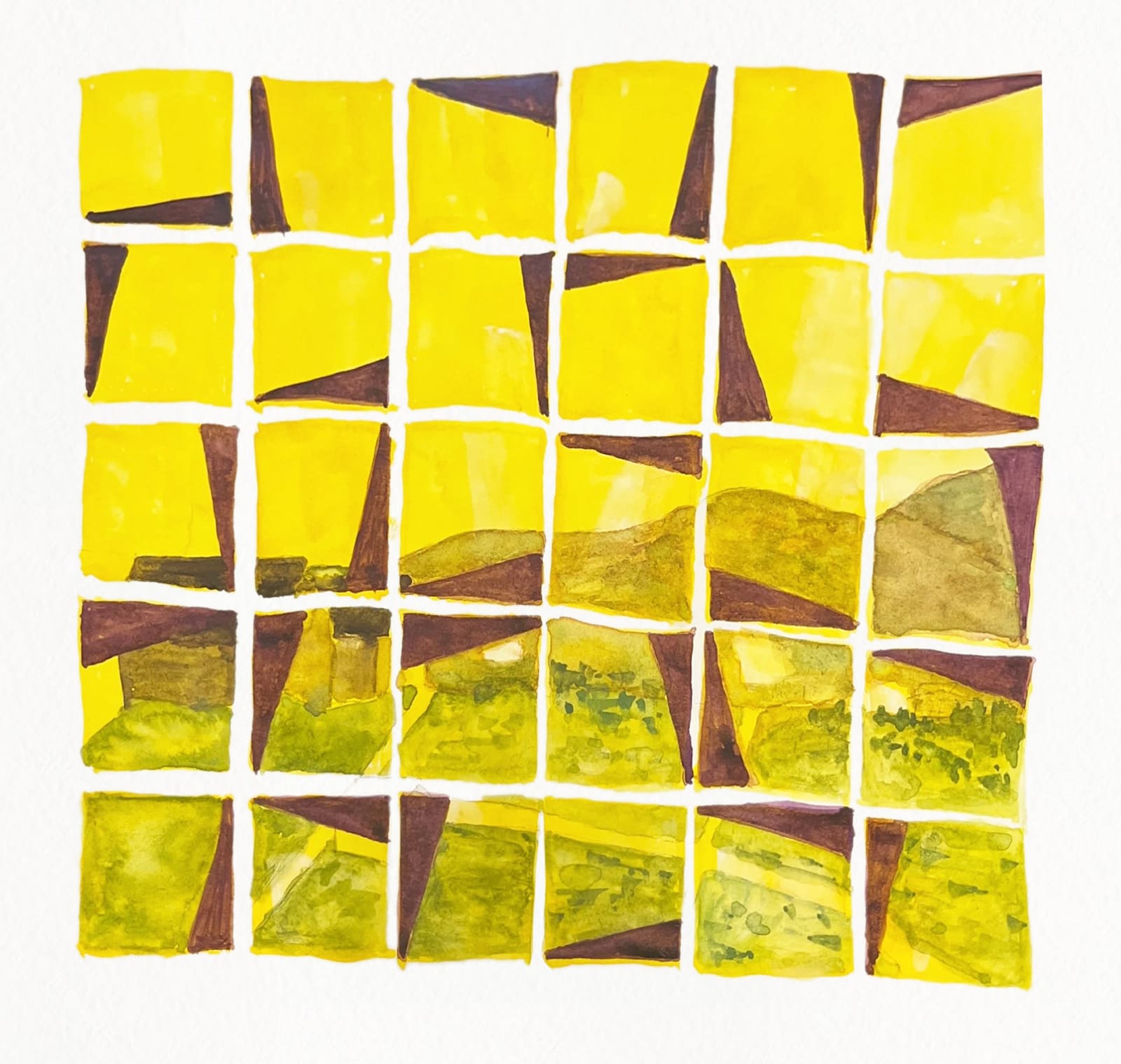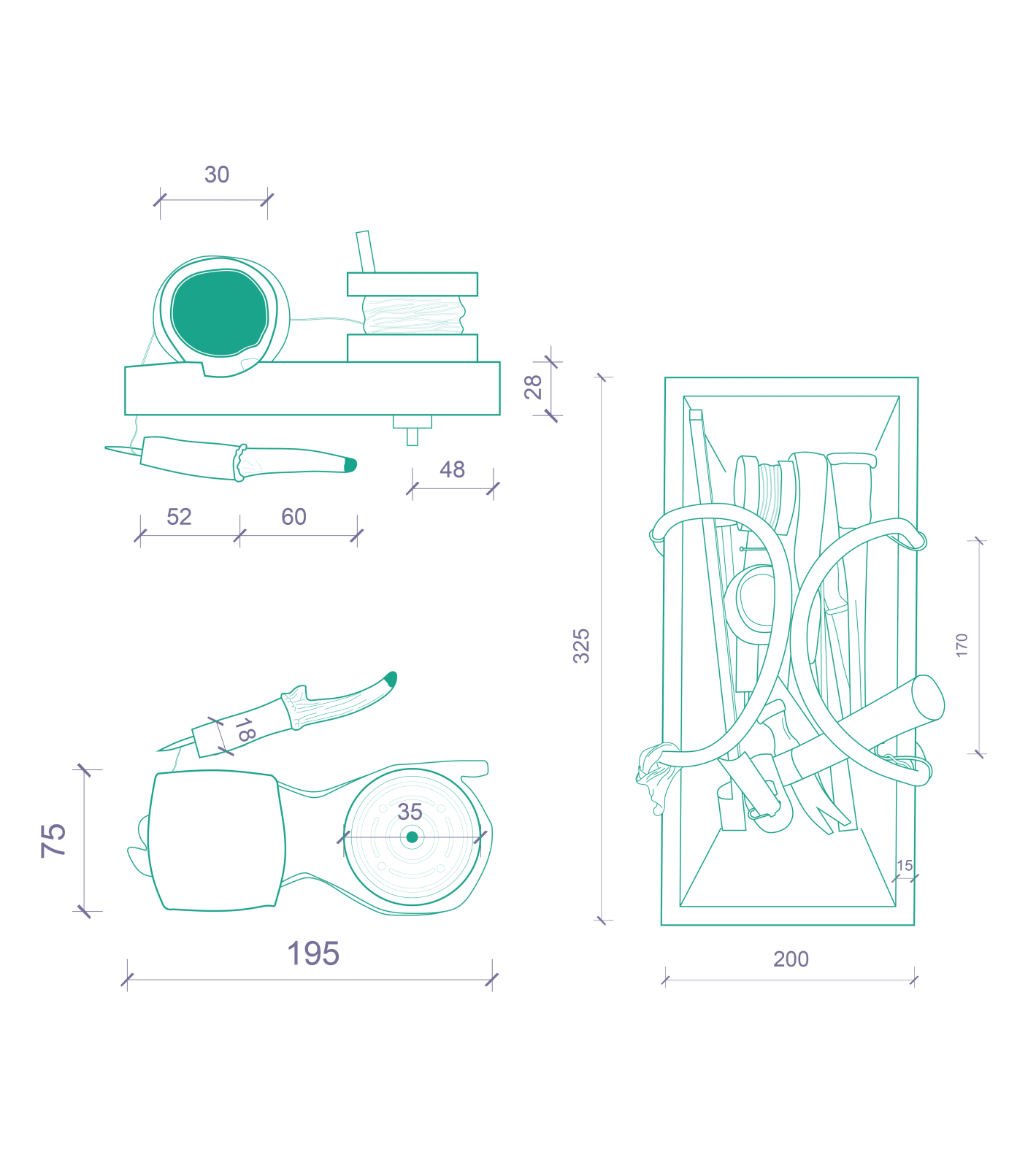-
Artworks


























Milly Lam Man Yan / CreateSmart Young Design Talent Award 2024
Further images
-
(View a larger image of thumbnail 1
)

-
(View a larger image of thumbnail 2
)
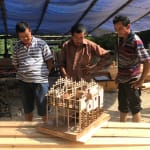
-
(View a larger image of thumbnail 3
)
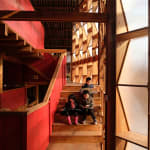
-
(View a larger image of thumbnail 4
)

-
(View a larger image of thumbnail 5
)

-
(View a larger image of thumbnail 6
)

-
(View a larger image of thumbnail 7
)
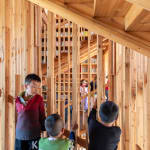
-
(View a larger image of thumbnail 8
)

-
(View a larger image of thumbnail 9
)

-
(View a larger image of thumbnail 10
)

-
(View a larger image of thumbnail 11
)
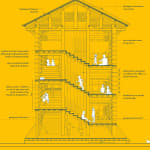
-
(View a larger image of thumbnail 12
)

-
(View a larger image of thumbnail 13
)

-
(View a larger image of thumbnail 14
)
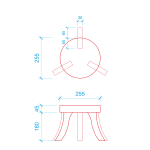
-
(View a larger image of thumbnail 15
)

-
(View a larger image of thumbnail 16
)

-
(View a larger image of thumbnail 17
)

-
(View a larger image of thumbnail 18
)

-
(View a larger image of thumbnail 19
)

-
(View a larger image of thumbnail 20
)

-
(View a larger image of thumbnail 21
)
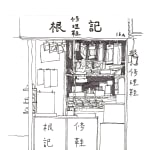
-
(View a larger image of thumbnail 22
)
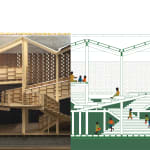
-
(View a larger image of thumbnail 23
)
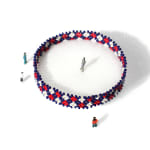
-
(View a larger image of thumbnail 24
)
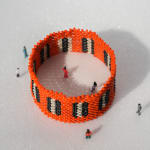
-
(View a larger image of thumbnail 25
)
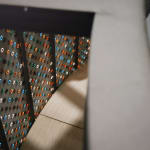
-
(View a larger image of thumbnail 26
)

Environmental Design | Environmental Designer Director, Condition_Lab“No matter if what we design is expensive or inexpensive, complex or simple, we must always remember one fundamental principle: architecture exists to serve people, not to be a display.”
Milly is currently pursuing her PhD at the School of Architecture at The Chinese University of Hong Kong, where she also earned her Bachelor's and Master’s degrees in 2013 and 2018, respectively. During her Master’s programme, Milly redefined her understanding of architecture, positioning herself not just as a designer but also as a researcher. In her final year, she created the project ‘REPAIR (IN) HONG KONG,’ which documented the disappearing street repair shops in Hong Kong, using illustrations to preserve their memory.
Upon completing her studies, Milly co-founded Condition_Lab with two partners, an unconventional studio that merges teaching, research and design. She has since served as the Director.
Driven by her belief that architecture must serve people, Milly has engaged in projects in rural China and Africa, focusing on building libraries for children. Since 2018, she has designed and constructed the Gaobu Book House and Pingtan Book House in remote areas of Hunan province. Her latest project, Malong Book House, is currently under construction and expected to be completed by 2025. In Kenya, the prototype design for the Kuku Book House has also been finalised.
Milly firmly believes that the best way to draw inspiration for architectural design is by immersing herself in the local culture and lifestyle. She stresses that only through direct engagement can designers truly understand users' needs and create spaces suited to their environment. While embracing modern building materials, she ensures the preservation of traditional craftsmanship. For Milly, the completion of a project is just the beginning—she and her team regularly revisit their projects to monitor how population growth and environmental changes affect the spaces. For example, the Gaobu Book House, the first library she completed, has seen significant transformations in the village, prompting her to consider redesigning it into a space for community gatherings and festivals to better serve all the villagers.
While Milly's previous work has focused primarily on designs for children, she aspires to centre her future projects on the needs of women. As a female architect, she hopes to work for German architect Anna Heringer, whose work resonates with Milly’s philosophy of creating architecture that is deeply rooted in community needs, especially those of women.
-
(View a larger image of thumbnail 1
)








